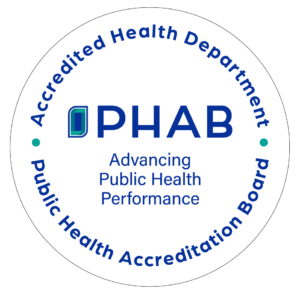COOP Overview
A COOP can help businesses or government agencies fulfill their missions in the event of a crisis that disrupts essential functions. Business continuity planning must account for all hazards (both man-made and natural disasters). A COOP can help businesses or government agencies fulfill their missions in the event of a crisis that disrupts essential functions. COOP planning is a good business practice and helps to maintain reliability of the business or government agency.
You should plan in advance to manage any emergency situation. Assess the situation, use common sense and available resources to take care of yourself, your co-workers and your business’s recovery. How quickly your company can get back to business after a terrorist attack, tornado, fire, or flood often depends on emergency planning done today. Start planning now to improve the likelihood that your company will survive and recover.
PowerPoint Presentation about COOP
COOP Planning Objectives
COOP Plan Word Template
Ensure the continuous performance of an agency’s essential functions during an emergency.
Ensure the safety of employees.
Protect essential facilities, equipment, records, and other assets.
Minimize damage and losses.
Reduce disruptions to operations.
Achieve a timely and orderly recovery from an emergency.
Source: Federal Preparedness Circular 65 (FPC 65)
COOP Planning Considerations
Be able to implement the COOP with and without warning.
Be operational no later than 12 hours after activation.
Be capable of maintaining sustained operations for up to 30 days.
Personnel should be tested on the COOP.
Test and update the COOP on a regular basis (i.e., perform an emergency call-down of staff)
Who Should Be Involved
COOP planning is a team effort. Responsibility includes, but is not limited to, senior management, the COOP Coordinator or Point-of-Contact, and the COOP Planning Team.
What are the Elements of a COOP Plan
1. Essential Functions
2. Delegations of Authority
3. Orders of Succession
4. Alternate Facilities (if needed)
5. Interoperable Communications
6. Vital Records
7. Human Capital Management
8. Test, Training, and Exercises
9. Devolution
10. Reconstitution
These elements are intertwined and dependent upon one another. They provide an easy transition back to normal operations for your organization or business.
The COOP Planning Process
The COOP Planning Process can be divided into seven different phases. Click on each for more information.
2. Identification of Functional Requirements
5. Training, Testing, and Exercises
6. Execution


